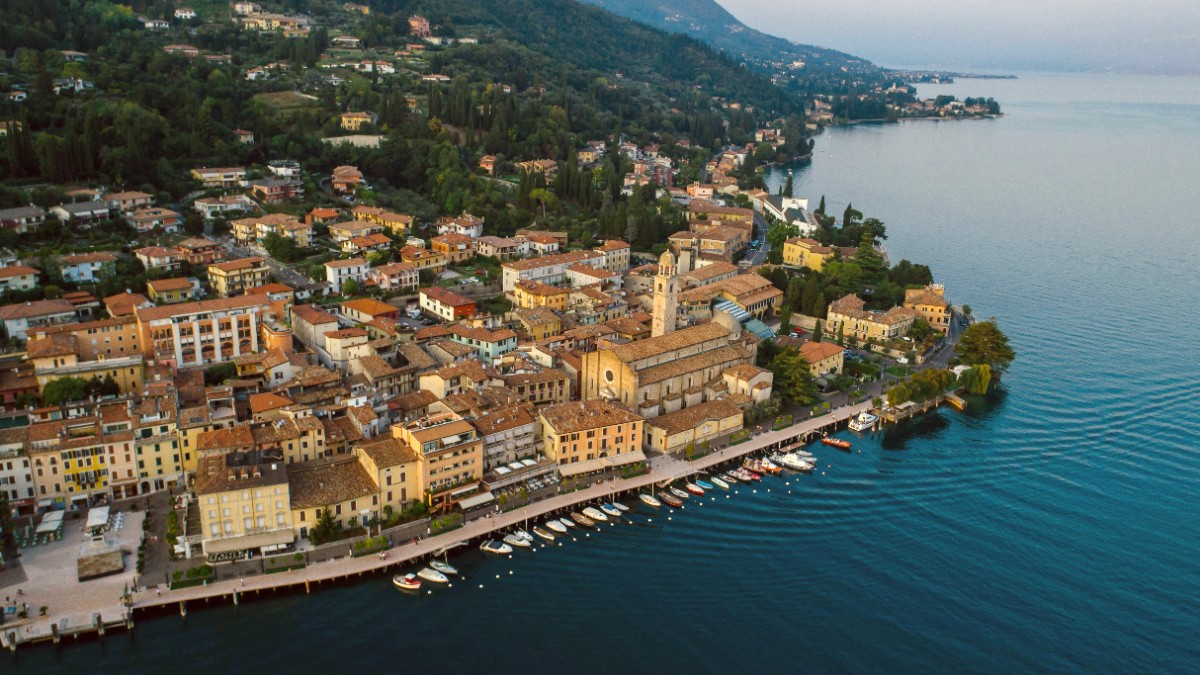
Lombardy And The Lakes, Italy
Brescian cuisine is deeply rooted in the agricultural traditions of the Po Valley and nearby pre-Alpine areas. Venetian Republic influence shaped its culinary identity, while Brescian food retains unique character.
This cuisine builds on hearty, satisfying dishes, often featuring meat, polenta, and local cheeses. Lakes contribute freshwater fish, and surrounding hills provide mushrooms, truffles, and fine wines.
Focus on traditional meat-based dishes, polenta, and classic pasta like Casoncelli.
Features dishes emphasizing freshwater fish. Risotto with perch is a lake specialty.
Known for refined cuisine that pairs well with its sparkling wines. Dishes often feature local poultry and vegetables.
Brescia's famous stuffed pasta, similar to ravioli. Filling includes meat, breadcrumbs, Parmesan, sometimes pear or lemon zest. Served with "burro versato" (melted butter with sage) and grated cheese.
Find at: Almost all traditional trattorias and osterie in Brescia.
Various cuts of meat (pork, chicken, rabbit) slow-roasted for hours on a rotating spit. Basted with butter and sage. Tender, flavorful meat with crispy skin. Served with soft polenta.
Find at: Traditional restaurants specializing in Brescian cuisine, often by reservation.
Historical beef dish from Rovato. Beef cuts cooked very slowly in olive oil, white wine, anchovies, and capers until incredibly tender. Served with rich, savory sauce and polenta.
Find at: Restaurants throughout Brescia and the Franciacorta area.
Italy's most prestigious classic-method sparkling wine. Brut, Satèn (softer), Rosé styles. A must-try in its place of origin.
Traditional Brescian aperitivo. White wine, Campari or Aperol, sparkling water/seltzer, orange slice. Slightly bitter and refreshing.
Brescia and Franciacorta host several high-end restaurants, some with Michelin stars. They focus on refined Lombard cuisine, innovative dishes, and extensive wine lists.
This category offers the most authentic and satisfying dining experiences. Family-run, casual, serving traditional Brescian and Italian dishes.
Brescia is not a major street food city, but offers simple, quick eats. Plenty of pizzerias, bars/cafes, and tavola calda.
A daily market near Piazza Vittoria selling fresh produce and some local food products.
Good for experiencing local life and fresh ingredients.
A large, high-quality Italian food hall and market (outside city center). Offers a vast selection of gourmet products, supermarket, and various restaurants.
Reach via public transport or car for a comprehensive food experience.
While Brescia's culinary scene features Italian and Brescian food, some international options exist.
Find Chinese, Japanese (sushi), and occasionally other European or ethnic restaurants.
Mainly in modern areas or near the university.
For a wider range of international choices, Milan is a short train ride away.
Halal food options are very limited in Brescia. The city does not have a large Muslim community with dedicated restaurants.
Travelers should consider self-catering from supermarkets or vegetarian/vegan options.
Kosher food options are also very limited. Brescia does not have a large Jewish community with dedicated restaurants.
Self-catering from supermarkets or suitable vegetarian/vegan choices are the best approach.
When you have a specific dietary need, learn the correct Italian phrase. State it clearly at the beginning of your order. This guides staff to appropriate dishes.
While Italian chefs generally take allergies seriously, cross-contamination is always a possibility in busy kitchens.
Many private chefs or local cooking schools in Brescia offer classes on Brescian or Lombard cuisine, teaching dishes like Casoncelli. Some classes include market visits.
Many agriturismi in Franciacorta and surrounding valleys offer tours of their farms, vineyards, or cheese production facilities. Visits often conclude with product tastings.
Numerous wineries offer guided tours of their cellars, explaining the Metodo Classico production. Followed by professional tastings. Reservations are typical.
Seek an old-school osteria in the historic center. These often feature rustic charm, a limited but authentic menu, and an emphasis on local wines.
A genuine taste of Brescian hospitality.
For an authentic, budget-friendly meal, look for a "Trattoria" or "Osteria" and try their "Menu del Giorno" (menu of the day) during lunchtime.
This usually has a fixed price for a first course, second course, and side.
A cooking class offers a delicious way to learn about Brescian culinary traditions. You can bring a taste of Italy back home.
Visit an agriturismo to see how local produce and wines are made. This offers a direct connection to the region's agricultural heritage.
Seek out smaller, family-run trattorias for an authentic, unpretentious meal. These places often serve the most traditional and delicious dishes.
Italians take their food seriously. Enjoy the slow pace of dining.